The local police force in North America was looking to set up portable security cameras for monitoring. They needed a flexible network infrastructure to host connections between a data center and remote devices for constant video streaming.
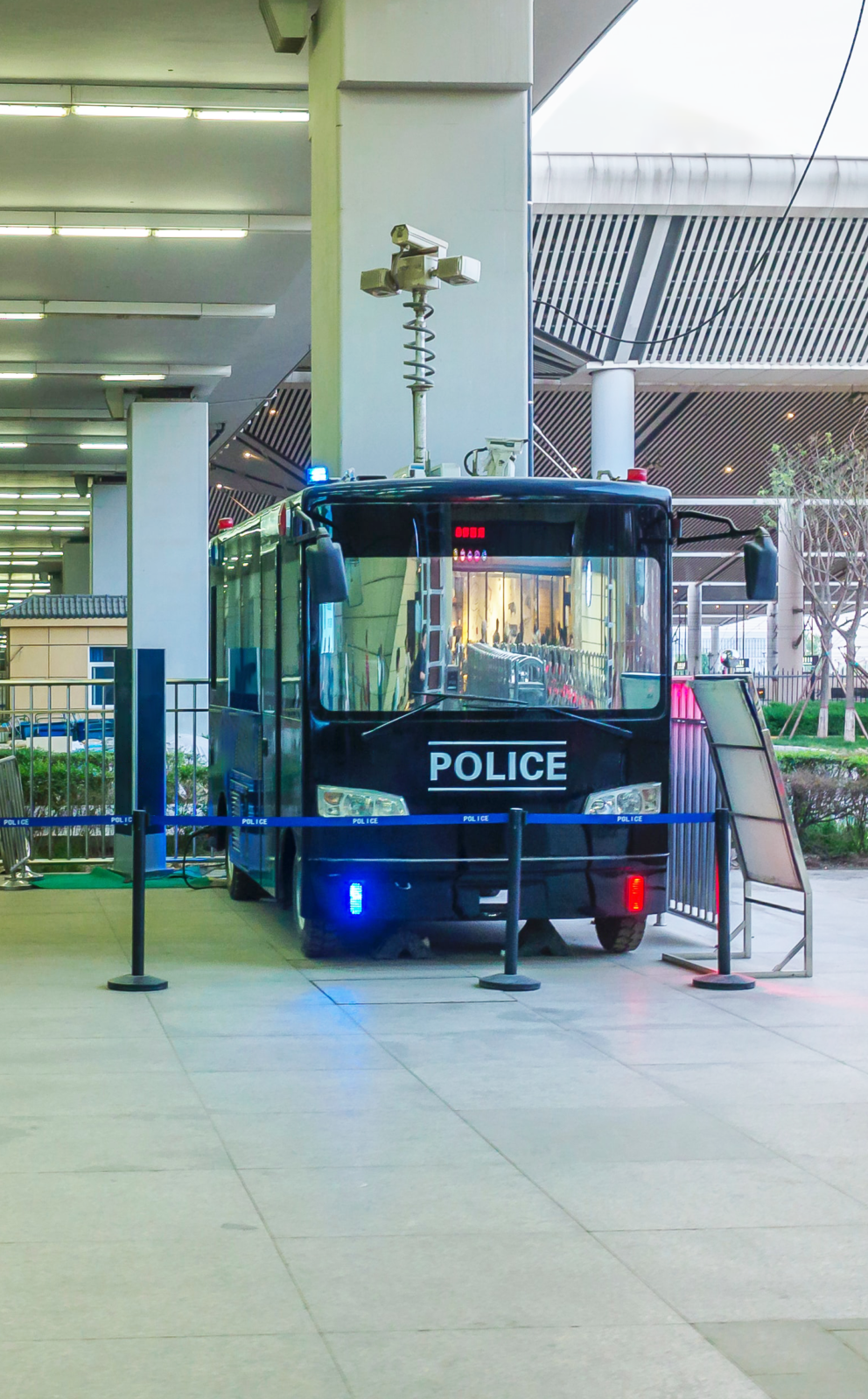
Challenge
The main difficulty faced by the local police force was finding a compact and battery-powered solution. The battery-powered setup was also required to provide power to cameras. Although in vehicles, the solution was expected to be placed in cold areas. This made an LTE/5G-compatible modem a requirement, to avoid fixed lines.
Additionally, the local police force was specifically looking for a modem that could host up to 4 SIMs. This is so that the modem can automatically select the best network among those available, or combine the bandwidth of dual connections. Their final requirement was to be able to monitor all these remotely, and minimize human interference on-site.
Solution
While looking for options, the local police force came across Peplink’s routers and antennas, then reached out to a local Peplink partner. The partner drafted out a network setup for the local police force, and soon after, was deployed.
The mobile solution was first equipped with a SD-PMU to serve as the power source. An HD2 Mini, with dual cellular modems and redundant SIM slots, was then connected to enable LTE connectivity. An SD Switch 8-Port Rugged was attached to the HD2 Mini to power up the security cameras. To strengthen the signals when in remote locations, a Mobility 40G Antenna was deployed.
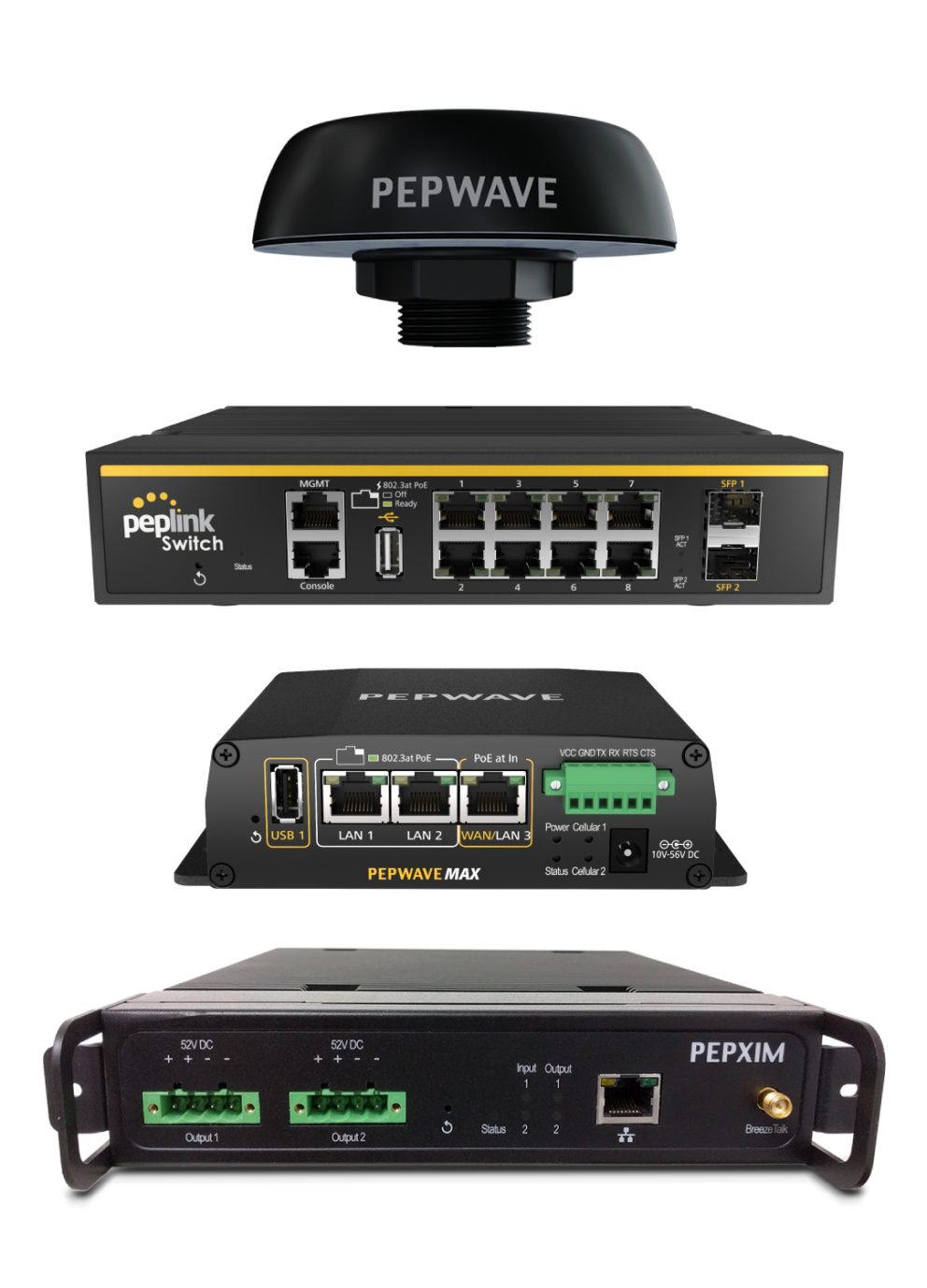
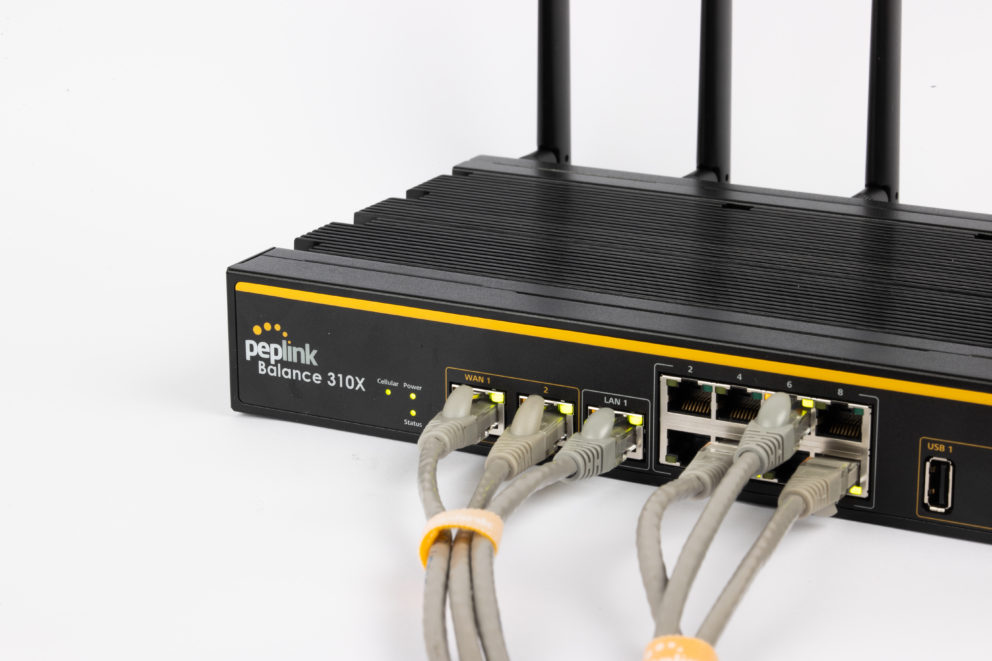
Concurrently, a Balance 310X was installed at the data center, establishing a SpeedFusion tunnel between the two sites. In addition, the local police force subscribed to the EssentialCare package plan for their devices. On top of warranty and technical support, this plan granted access to InControl Cloud management and SpeedFusion Cloud.
Result
After this deployment, the local police force was not only given a Peplink solution, but the best-fitting one for their needs. The rapidly deployed setup enabled more than sufficient power for the remote devices.
With access to SpeedFusion technologies, load balancing algorithms helped fine-tune traffic flow within the network. Specific traffic based on priority was assigned to different connections when available. This resulted in lower latency and an increase in response time.
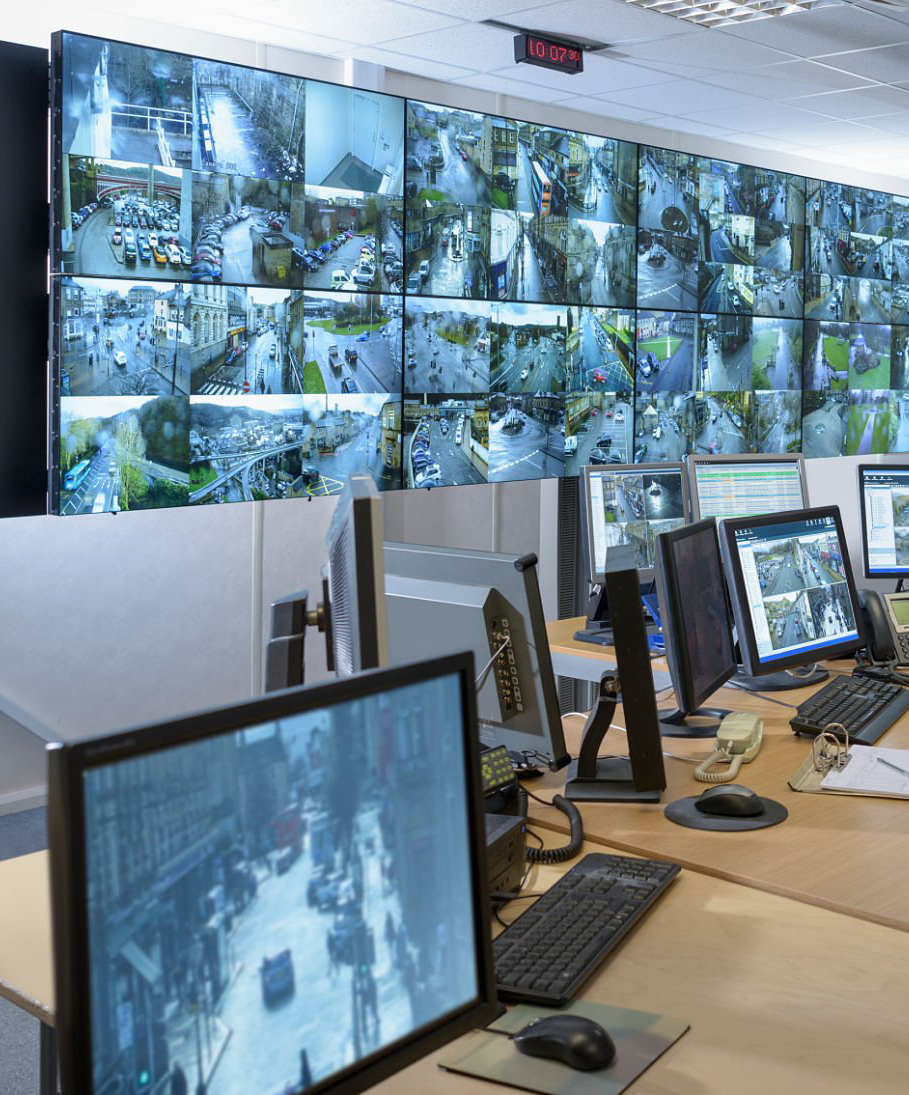

Furthermore, the HD2 Mini allowed the use of both the same and different cellular carriers. SpeedFusion’s Bandwidth Bonding then aggregated these available connections into one large link for transferring large data and undisturbed video streaming.
In remote and cold locations, the pairing of HD2 Mini’s wide operating temperature range and the Mobility 40G’s high-gain capabilities made video transmission possible. At the data center, the local police force was able to remotely monitor and manage the entire deployment with the use of InControl 2’s easy-to-use interface.
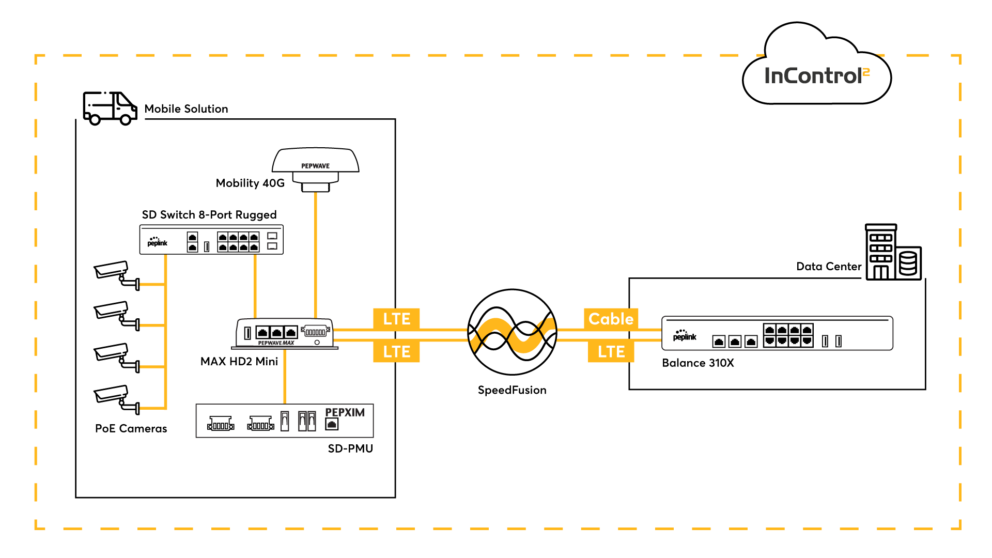
Deployment
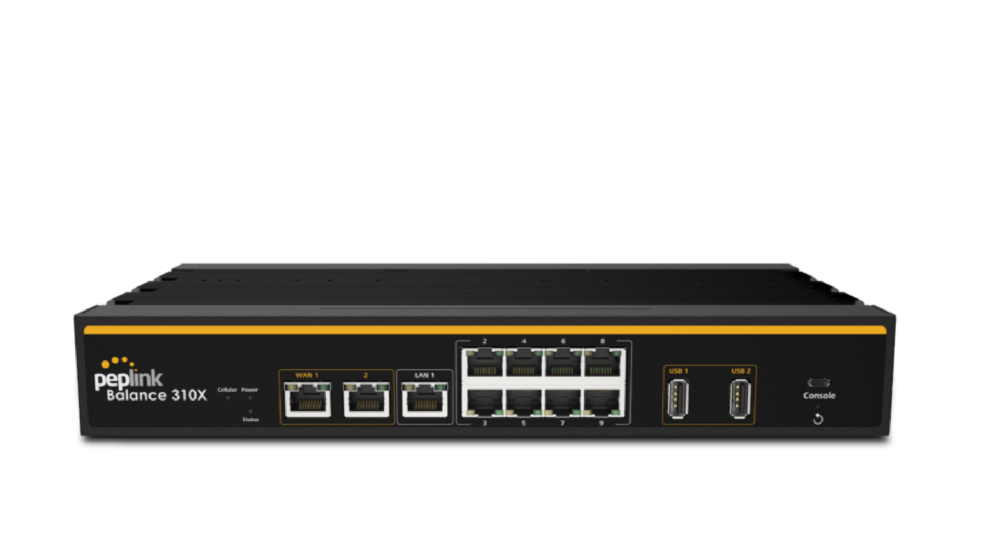
- Installed at the data center
- Acts as one end of the SpeedFusion tunnel
- Built-in LTE for seamless failover at the data center
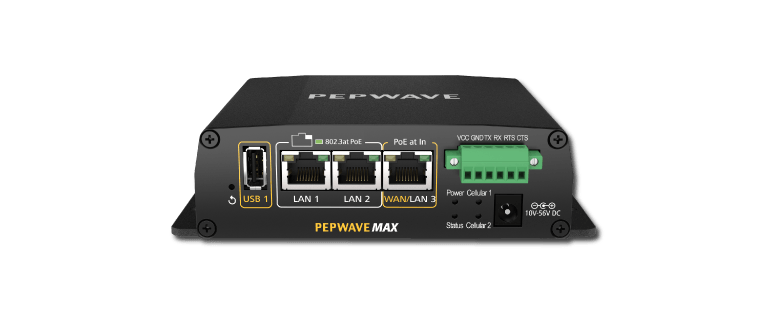
- Deployed to the mobile solution
- Combines bandwidth of available cellular connections
- Compact form with wide operating temperature range for cold locations
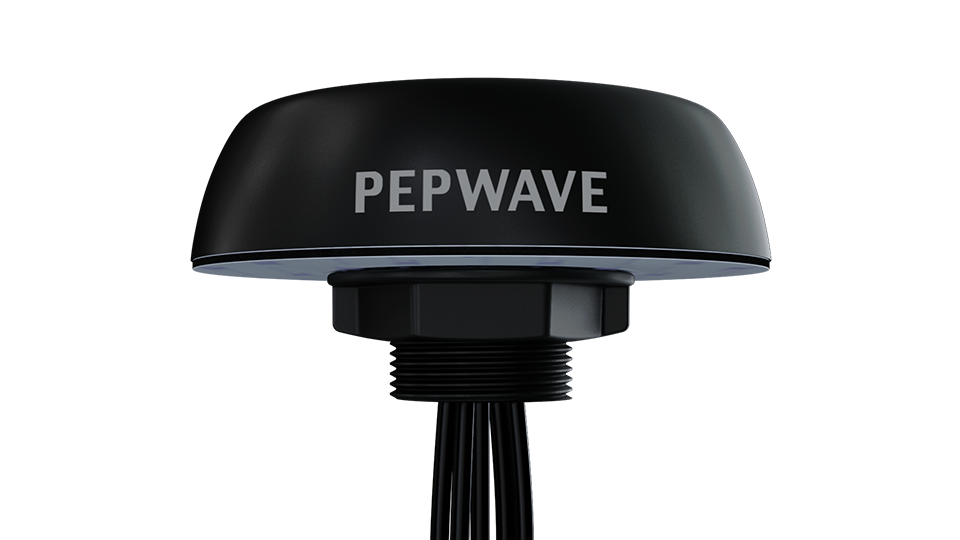
- Connected to the MAX HD2 Mini
- Focuses signal strength in remote locations
- IP68 Rated and UV Proof enclosure for varying conditions
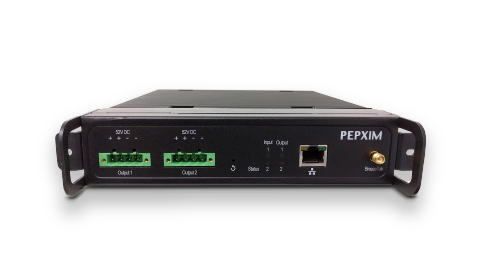
- Attached to the mobile solution
- Powers all devices in mobile solution
- Regulates fluctuating power source for consistent streams of power
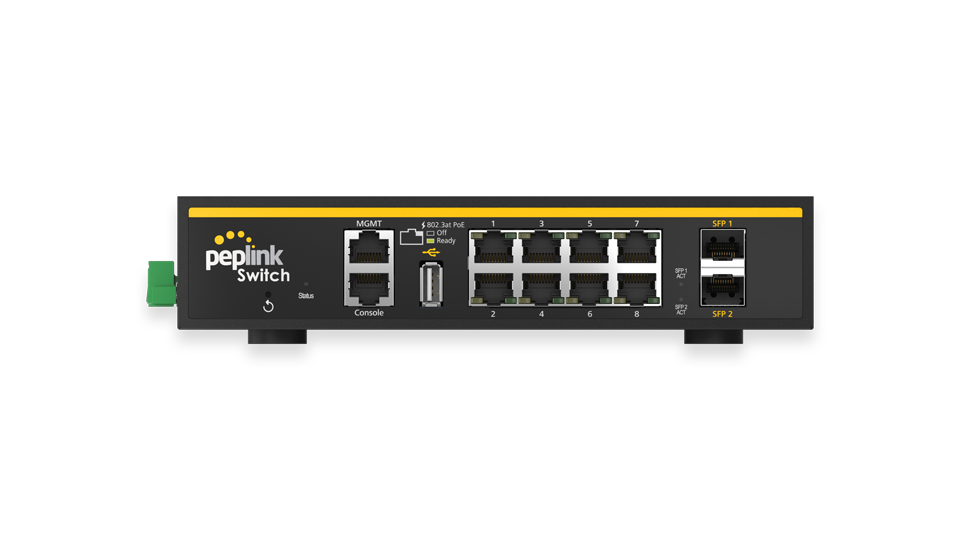
- Linked to the MAX HD2 Mini
- Provides power for PoE security cameras
- Fanless design and wide temperature range for mobile use